It is acknowledged that effective technical SEO is crucial for a website’s success. This involves more than just focusing on keywords and content; it includes essential behind-the-scenes factors that enable search engines to easily locate and index your pages.
From crawlability to site speed, mobile optimization to URL structure, there are countless factors to consider.
In this article, we’ll dive into the world of technical SEO and provide you with the tips and tricks you need to master this essential aspect of online visibility.
Key Takeaways
- Good technical SEO is crucial for website success.
- Crawlability techniques like submitting an XML sitemap and using a robots.txt file improve website accessibility.
- Indexability is important for increasing website visibility and credibility.
- Optimizing content and keywords strategically improves search result visibility and attracts organic traffic.
The Importance of Technical SEO
In our experience, understanding the importance of technical SEO is crucial for achieving optimal website performance and visibility in search engine results.
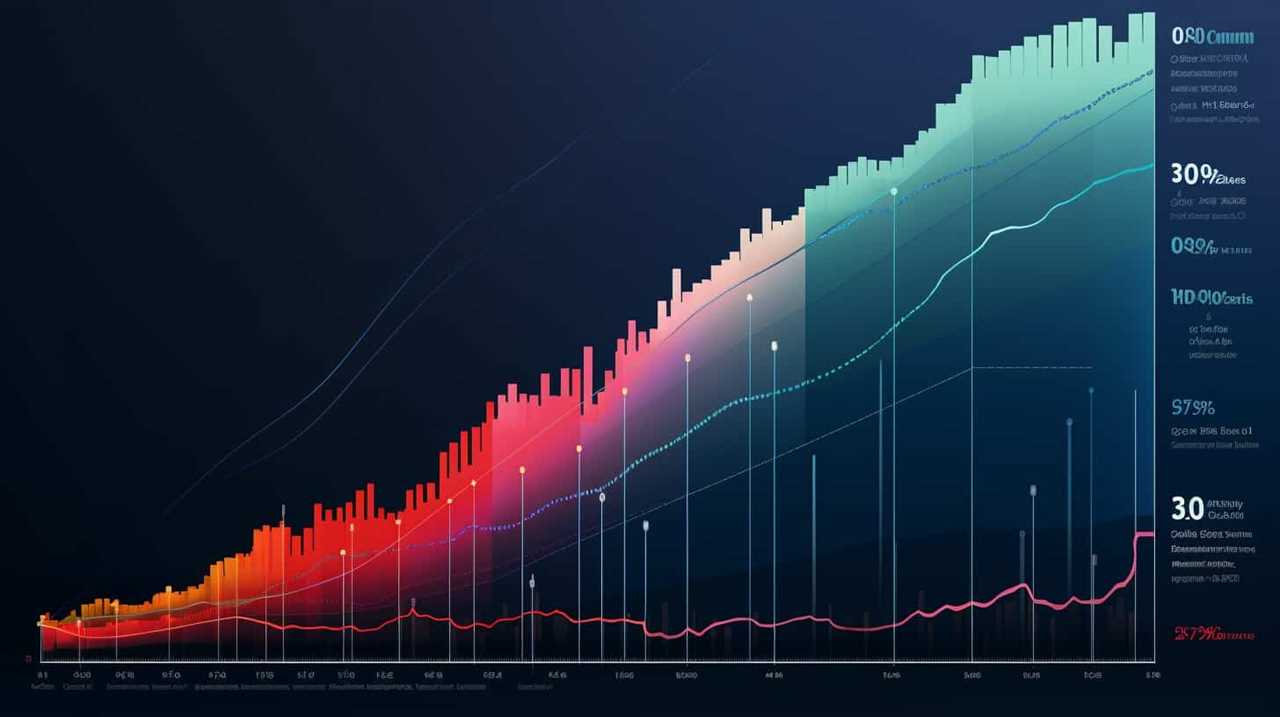
One key aspect of technical SEO is the importance of website architecture. A well-structured website architecture ensures that search engine crawlers can easily navigate and index your site, which can improve your rankings. It involves organizing your website’s pages, URLs, and internal linking in a logical and hierarchical manner.
Another vital element of technical SEO is website speed optimization. Slow-loading websites not only frustrate users but also negatively impact search engine rankings. Optimizing website speed involves reducing file sizes, compressing images, and minifying code to improve load times.
Crawlability: Ensuring Search Engines Can Access Your Site
To ensure search engines can access your site, we need to optimize its crawlability. Crawlability refers to how easily search engine bots can navigate and index your website. A well-crawlable site increases the chances of your content being discovered and ranked in search results.
Here are four essential crawlability techniques for improving website accessibility:
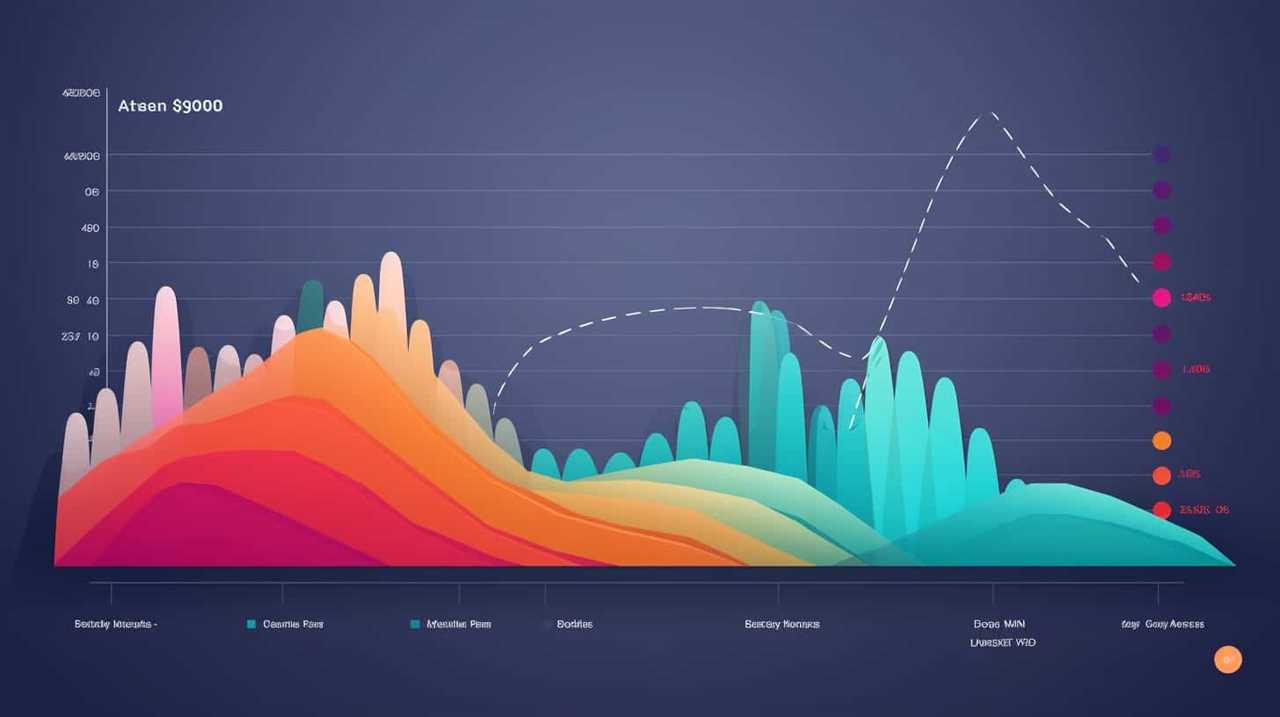
- XML Sitemap: Create and submit an XML sitemap to search engines, which helps them understand your site’s structure and content.
- Robots.txt: Use a robots.txt file to give instructions to search engine bots on which parts of your site to crawl and which to ignore.
- URL Structure: Ensure your URLs are clean, descriptive, and organized, allowing search engines to understand the hierarchy of your site.
- Internal Linking: Implement a logical internal linking structure that facilitates navigation between pages, making it easier for search engine bots to discover and index your content.
Indexability: Making Sure Your Pages Are Included in Search Results
When it comes to good technical SEO, ensuring that your pages are included in search results is crucial. By optimizing your website for indexability, you can improve the chances of your pages being discovered by search engines.
However, there are common indexability issues that can hinder this process. These include duplicate content, broken links, or improper use of meta tags.
Importance of Indexability
Our goal is to ensure that all of our web pages are included in search results, which is why indexability is of utmost importance. When it comes to website accessibility and optimizing meta tags, here are four reasons why indexability should be a priority:
- Increased visibility:
By making sure our pages are included in search results, we increase the chances of our website being discovered by potential visitors. This can lead to more traffic and potential conversions. - Better user experience:
When our pages are easily found in search results, users can quickly navigate to the information they’re looking for. This improves their overall experience on our website. - Enhanced credibility:
Being included in search results demonstrates that our website is trustworthy and relevant. This can help build credibility and authority in our industry. - Competitive advantage:
If our competitors’ pages are easily found in search results and ours are not, we risk losing potential customers to them. Indexability ensures that we stay competitive in the online marketplace.
Optimizing for Search Engines
By prioritizing indexability, we ensure that our web pages are included in search results, maximizing our website’s potential and achieving optimal results in search engine rankings. Optimizing content for search engines is crucial in improving our website’s visibility and attracting organic traffic.
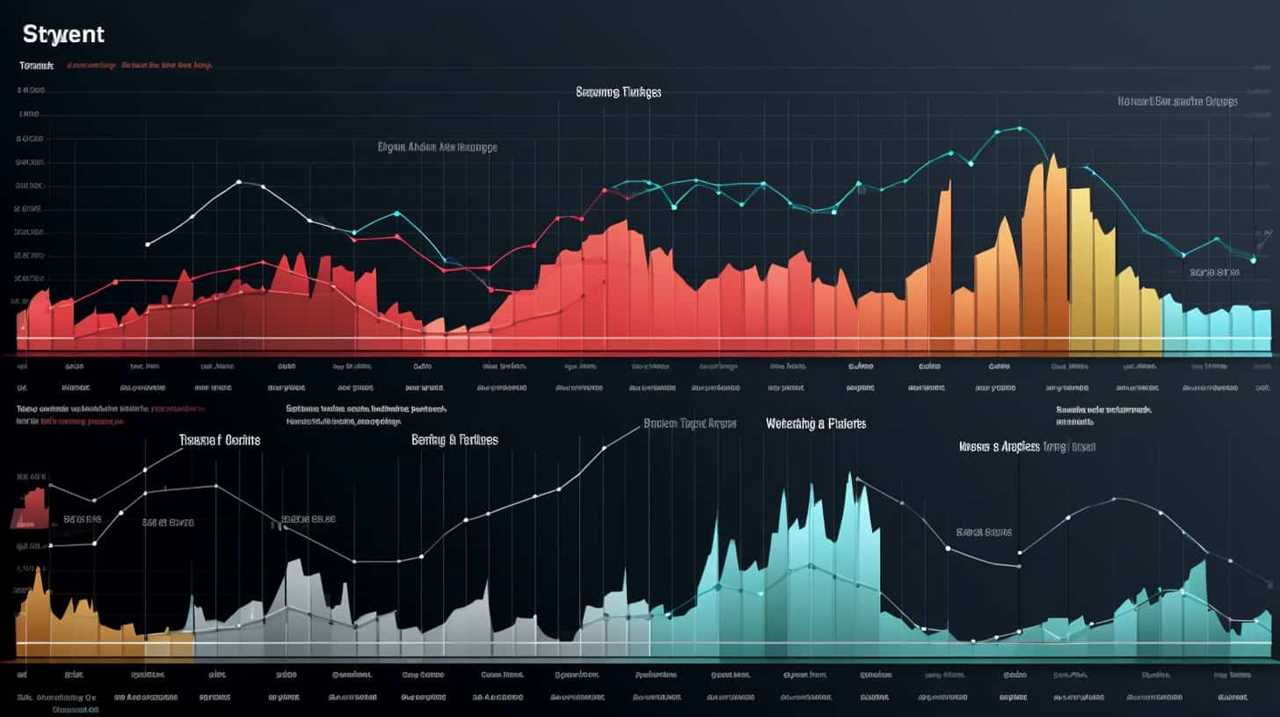
To optimize our content effectively, we need to conduct thorough keyword research. This involves identifying the keywords and phrases that our target audience is likely to use when searching for information related to our website. By incorporating these keywords strategically into our content, we can increase the chances of our web pages appearing in relevant search results.
Keyword research allows us to understand the search intent behind specific queries and tailor our content to meet those needs. This not only enhances the user experience but also signals to search engines that our content is relevant and valuable, further improving our website’s indexability.
Common Indexability Issues
To ensure our pages are included in search results, we must address common indexability issues. Here are four common crawlability issues that can hinder your website’s visibility:
- Broken links: Broken links can prevent search engine bots from properly crawling your site, leading to pages being excluded from search results.
- Duplicate content: When search engines encounter duplicate content, they may choose to exclude some pages from indexing, affecting your overall visibility.
- Incorrect use of meta tags: Incorrectly implemented meta tags can confuse search engines and prevent them from properly indexing your pages.
- XML sitemap errors: If your XML sitemap contains errors or isn’t properly submitted to search engines, it can prevent your pages from being crawled and indexed.
By addressing these common crawlability issues and optimizing site speed, we can improve our website’s indexability and increase our chances of appearing in search results.
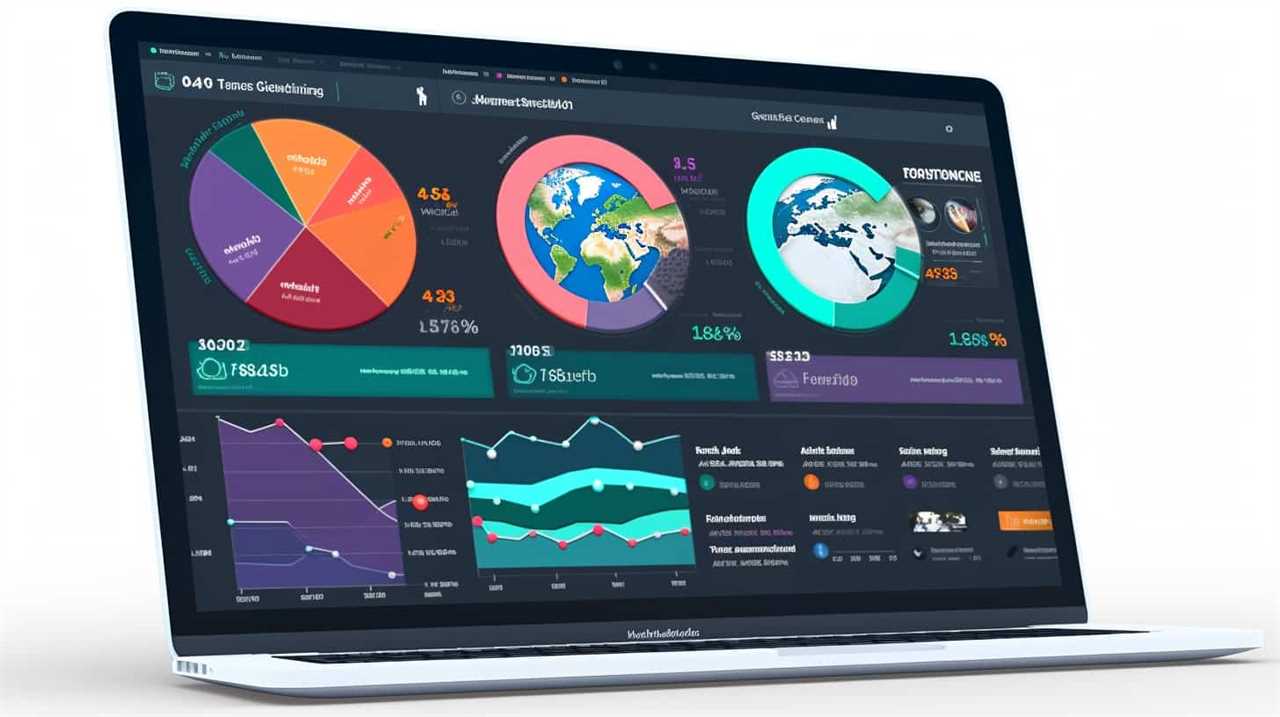
Now let’s move on to the next section about optimizing load times for better user experience.
Site Speed: Optimizing Load Times for Better User Experience
When it comes to website optimization, fast-loading pages are crucial for both user experience and SEO rankings. Slow load times can frustrate users and lead to high bounce rates, negatively impacting your website’s performance.
Additionally, search engines like Google consider site speed as a ranking factor, meaning that a slow website could potentially result in lower visibility and organic traffic. Therefore, optimizing load times is essential for ensuring a smooth user experience and improving your site’s overall SEO performance.
Importance of Fast-Loading Pages
As we delve into the importance of fast-loading pages, it becomes clear that optimizing load times is crucial for providing a better user experience. Fast loading websites not only improve user satisfaction but also have several other benefits. Here are four reasons why fast-loading pages are essential for website performance optimization:

- Enhanced User Engagement: Users are more likely to stay on a website that loads quickly, leading to increased engagement and lower bounce rates.
- Improved Conversion Rates: Faster loading times have been shown to positively impact conversion rates, as users are more likely to complete desired actions when a website is responsive.
- Better Search Engine Rankings: Search engines prioritize fast-loading websites in their rankings, meaning better visibility and increased organic traffic.
- Mobile-Friendly Experience: With the rise of mobile usage, fast-loading pages are crucial for providing a seamless experience across devices, ensuring that users can access and navigate the website easily.
Impact on SEO Rankings
We understand the importance of fast-loading pages and how optimizing load times can have a significant impact on SEO rankings. When it comes to website performance, site speed plays a crucial role in user experience and search engine rankings. Slow-loading pages not only frustrate users but also lead to higher bounce rates and lower conversions. To help you improve your website’s load times and boost your SEO rankings, we have included a technical SEO checklist below:
| Technical SEO Checklist | Impact on Website Performance |
|---|---|
| Optimize images | Reduces file size and load times |
| Minify CSS and JavaScript | Decreases file size and improves load times |
| Enable browser caching | Stores static files and reduces server load |
| Use a content delivery network (CDN) | Distributes content across multiple servers for faster access |
Mobile Optimization: Catering to the Growing Mobile User Base
Mobile optimization is essential for reaching and engaging with the growing mobile user base. With the increasing popularity of smartphones and tablets, understanding mobile user behavior and optimizing your website accordingly is crucial.
Here are four key considerations for mobile optimization:
- Responsive design: Ensure your website is mobile-friendly and can adapt to different screen sizes, providing a seamless browsing experience.
- Fast loading speed: Mobile users expect quick loading times, so optimize your website’s performance to minimize loading delays.
- User-friendly navigation: Simplify your website’s navigation menu and make it easy for mobile users to find the information they need.
- Mobile-specific content: Tailor your content to mobile users, keeping it concise and easily readable on smaller screens.
URL Structure: Creating User-friendly and Search Engine-friendly URLs
Continuing the discussion from the previous subtopic, it is important to regularly review and optimize the URL structure of your website to ensure it is user-friendly and search engine-friendly. A well-structured URL not only helps search engines understand your content but also improves user experience. To create user-friendly and search engine-friendly URLs, follow these guidelines:

| URL Structure Tips | Explanation |
|---|---|
| Keep it concise | Short URLs are easier for users to remember and share. They also tend to rank higher in search engine results. |
| Use keywords | Including relevant keywords in your URLs can improve search engine optimization. |
| Avoid special characters | Special characters can cause issues with URL readability and can sometimes be mistaken for spam. Stick to alphanumeric characters and hyphens. |
| Use hyphens instead of underscores | Hyphens are more search engine-friendly and easier for users to read. |
| Eliminate unnecessary parameters | Remove unnecessary parameters from your URLs to keep them clean and user-friendly. |
XML Sitemaps: Helping Search Engines Discover and Index Your Content
To ensure optimal technical SEO, one important aspect to consider is the use of XML sitemaps. XML sitemaps aid search engines in discovering and indexing your website’s content. They are files that list all the URLs on your website, providing valuable information to search engine algorithms.
Here are four reasons why XML sitemaps are crucial for improving website visibility:
- Comprehensive coverage: XML sitemaps ensure that all your website’s pages are indexed by search engines, increasing the chances of your content being discovered by users.
- Faster indexing: By providing search engines with a clear roadmap of your website’s structure, XML sitemaps enable quicker indexing of your content, allowing it to appear in search results faster.
- Priority indication: XML sitemaps allow you to specify the importance of different pages, helping search engines understand which pages are more valuable and should be prioritized for indexing.
- Easy updates: XML sitemaps make it easier to inform search engines about any changes or updates to your website, ensuring that your content remains relevant and up-to-date in search engine results.
Schema Markup: Enhancing Search Results With Structured Data
For our technical SEO strategy, we employ schema markup to enhance search results with structured data. Schema markup is a form of microdata that provides additional context and information about your website’s content to search engines. By implementing schema markup, we can improve the visibility of our website in search results and provide a better user experience for our audience.
Schema markup allows search engines to understand the content on our website more accurately. It provides specific details about different elements such as products, reviews, events, and more, making it easier for search engines to display relevant information in search results.

By enhancing visibility through schema markup, our website is more likely to attract the attention of users and increase click-through rates. Additionally, by providing structured data, we can improve the user experience by offering more detailed and informative search results.
Technical SEO Best Practices: Tips and Tricks for Success
As we delve into the realm of Technical SEO Best Practices, let’s build upon our previous use of schema markup to further optimize our website’s performance and enhance the user experience. Here are four essential tips and tricks for success in technical SEO:
- Utilize technical SEO tools:
- Tools like Google Search Console and Screaming Frog can provide valuable insights into your website’s performance.
- They can identify crawl errors and help you optimize your site for search engines.
- Optimize meta tags:
- Meta tags, including title tags and meta descriptions, play a crucial role in improving your website’s visibility in search results.
- Ensure that your meta tags are relevant, accurately describe your content, and include targeted keywords.
- Improve website speed:
- A fast-loading website not only enhances the user experience but also positively impacts search engine rankings.
- Minimize CSS and JavaScript files, optimize images, and leverage caching techniques to improve your website’s speed.
- Implement structured data:
- By using structured data markup, such as schema.org, you can provide search engines with additional information about your content.
- This can result in rich snippets, which can increase click-through rates and improve your website’s visibility in search results.
Frequently Asked Questions
How Does Technical SEO Impact Organic Search Rankings?
Technical SEO impacts organic search rankings by optimizing website architecture and utilizing XML sitemaps. It improves crawlability and indexability, ensuring search engines can easily find and understand website content, leading to higher visibility and better rankings.
What Are Some Common Technical SEO Issues That Can Affect Website Performance?
Some common technical SEO issues that can affect website performance include problems with website indexing and lack of mobile optimization. These issues can hinder organic search rankings and limit overall visibility.

How Can I Improve the Crawlability of My Website for Search Engines?
To enhance website indexability, we can optimize website structure using techniques like XML sitemaps, robots.txt files, and internal linking. These methods improve crawlability, allowing search engines to easily navigate and index our site.
What Are the Key Factors to Consider When Optimizing Site Speed for Better User Experience?
When optimizing site speed for better user experience, we consider key factors like website performance and optimizing load time. It’s important to ensure that our website loads quickly to provide a seamless browsing experience.
What Are the Benefits of Implementing Schema Markup on a Website for SEO Purposes?
Improving website visibility and enhancing search engine rankings are the benefits of implementing schema markup on a website for SEO purposes. It helps search engines understand and display information accurately, leading to better organic search results.
Conclusion
In conclusion, technical SEO plays a crucial role in ensuring that search engines can easily access and index your website. By focusing on the following aspects, you can enhance your search engine rankings and provide a better user experience:
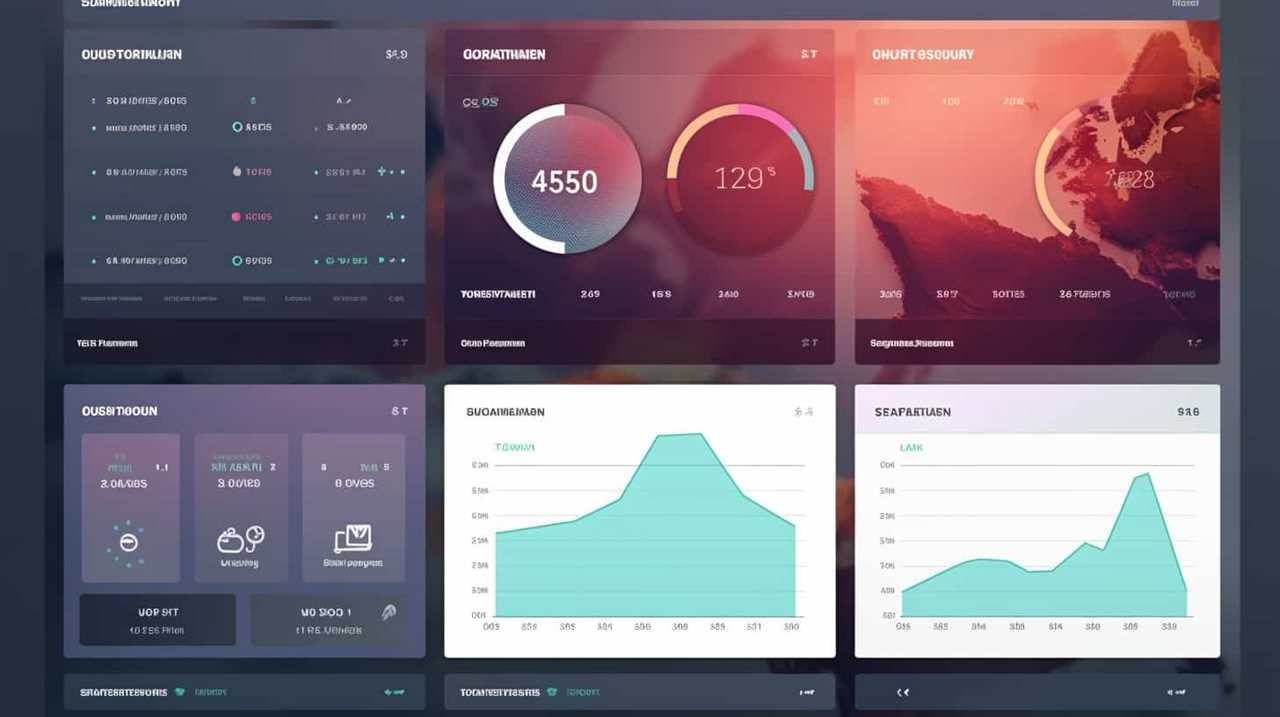
- Crawlability: Ensuring that search engine bots can navigate and crawl your website effectively.
- Indexability: Making sure that your web pages are being indexed and included in search engine results.
- Site speed: Optimizing your website’s loading speed for better user experience and search engine rankings.
- Mobile optimization: Ensuring that your website is mobile-friendly and responsive for users accessing it from mobile devices.
- URL structure: Creating logical and user-friendly URLs that accurately describe the content of your web pages.
- XML sitemaps: Providing a roadmap of your website’s structure to search engines for better indexing.
- Schema markup: Implementing structured data markup to provide search engines with more information about your website’s content.
Embracing these best practices is the key to achieving success in the ever-evolving world of SEO.










